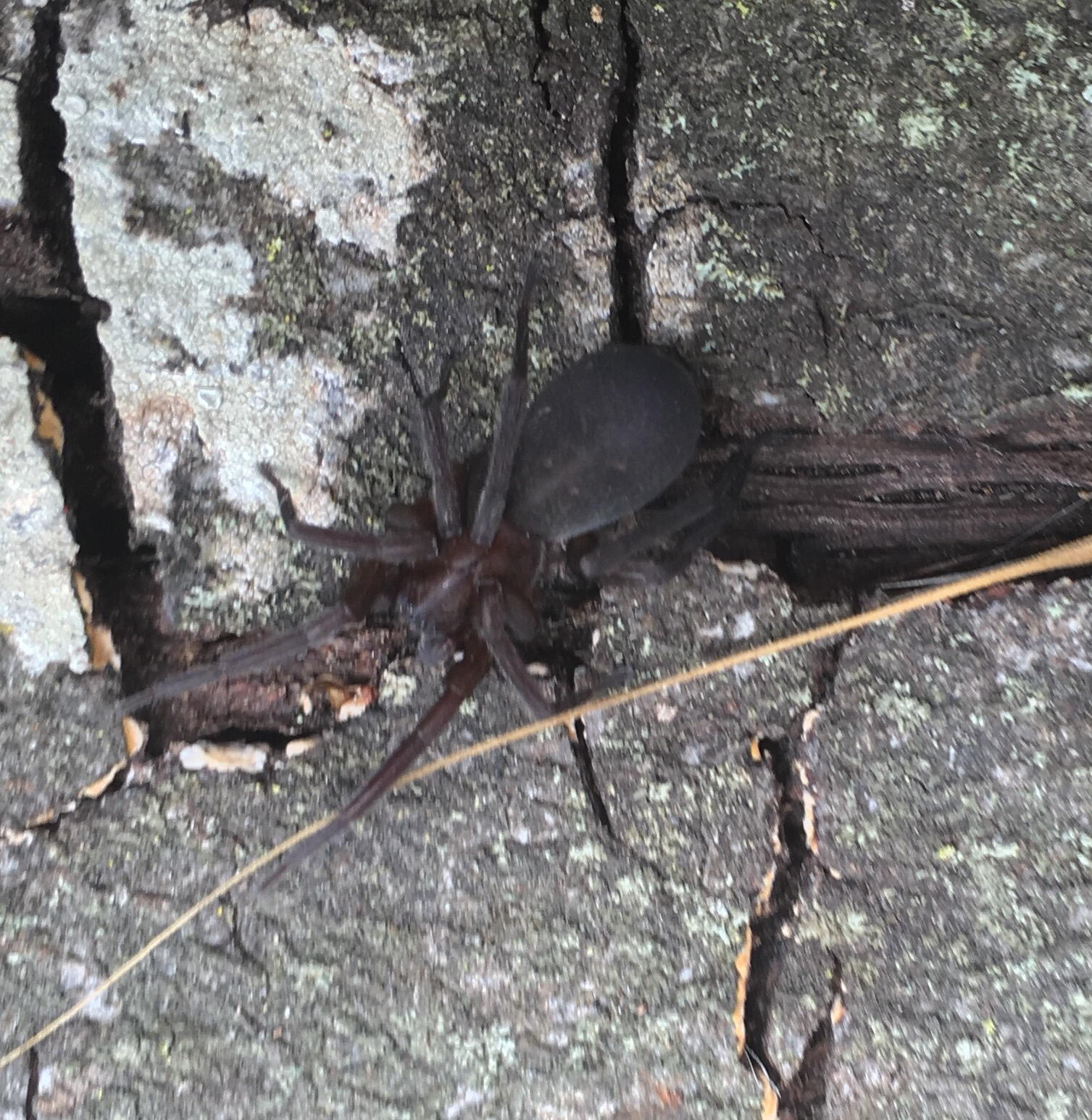
false wolf spiders Encyclopedia of Life
Zoropsis spinimana. Males of Z. spinimana reach a length around 10-12 mm (0.39-0.47 in), while females are 15-18 mm (0.59-0.71 in) long. This spider resembles a wolf spider, as its eyes are of the same configuration, but unlike wolf spiders, the eyes of Zoropsis spiders are more spread out along the front third of the cephalothorax.

Wolf Spiders The Australian Museum
The fangs of the Spiny False Wolf-spider - real name Zoropsis spinimana - are so powerful they can stab human skin to produce a painful bite. The spiders are usually found around the Mediterranean coast - but they are now being found in the UK, particularly in the London area. About 2 inches from end to end. Zoropsis spinimana has been well established in the London area since at least.
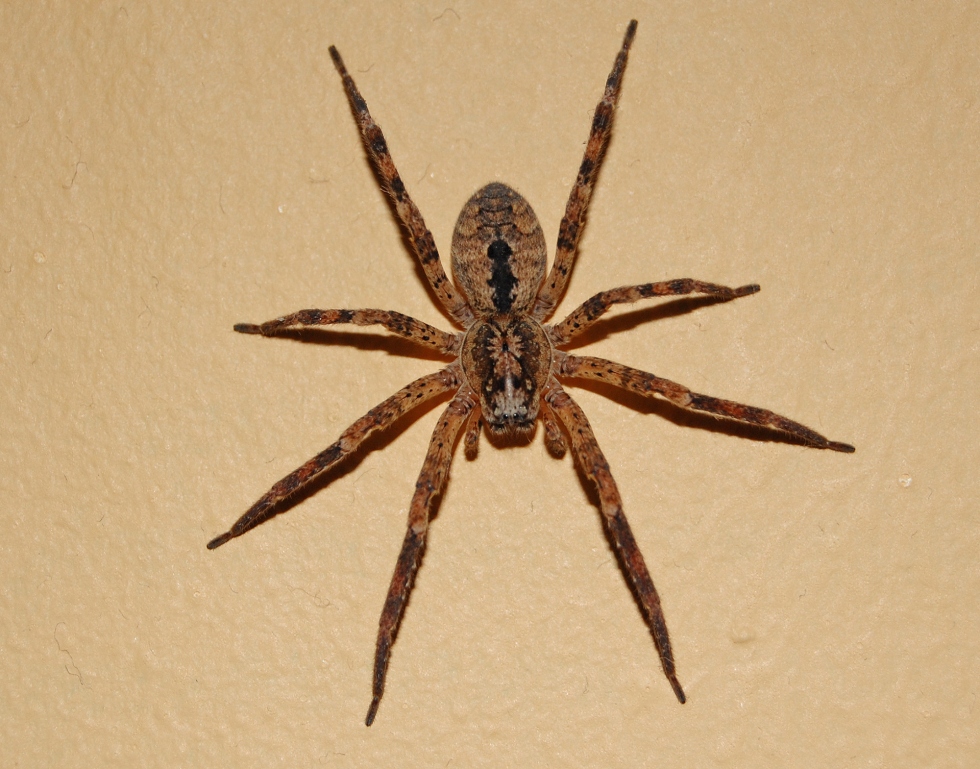
Spiny false wolf spider SpiderSpotter
Zoropsidae (False Wolf Spiders) is a family of spiders. EOL has data for 24 attributes, including: Body symmetry. bilaterally symmetric. cellularity. multicellular. first appearance. priabonian age. habitat.

Huge Wolf Spider Stock Photos, Pictures & RoyaltyFree Images iStock
Zoropsis spinimana, the Mediterranean false spiny wolf spider, photographed in the Bay Area in September 2021. (Photo by Damon Tighe, iNaturalist Creative Commons)
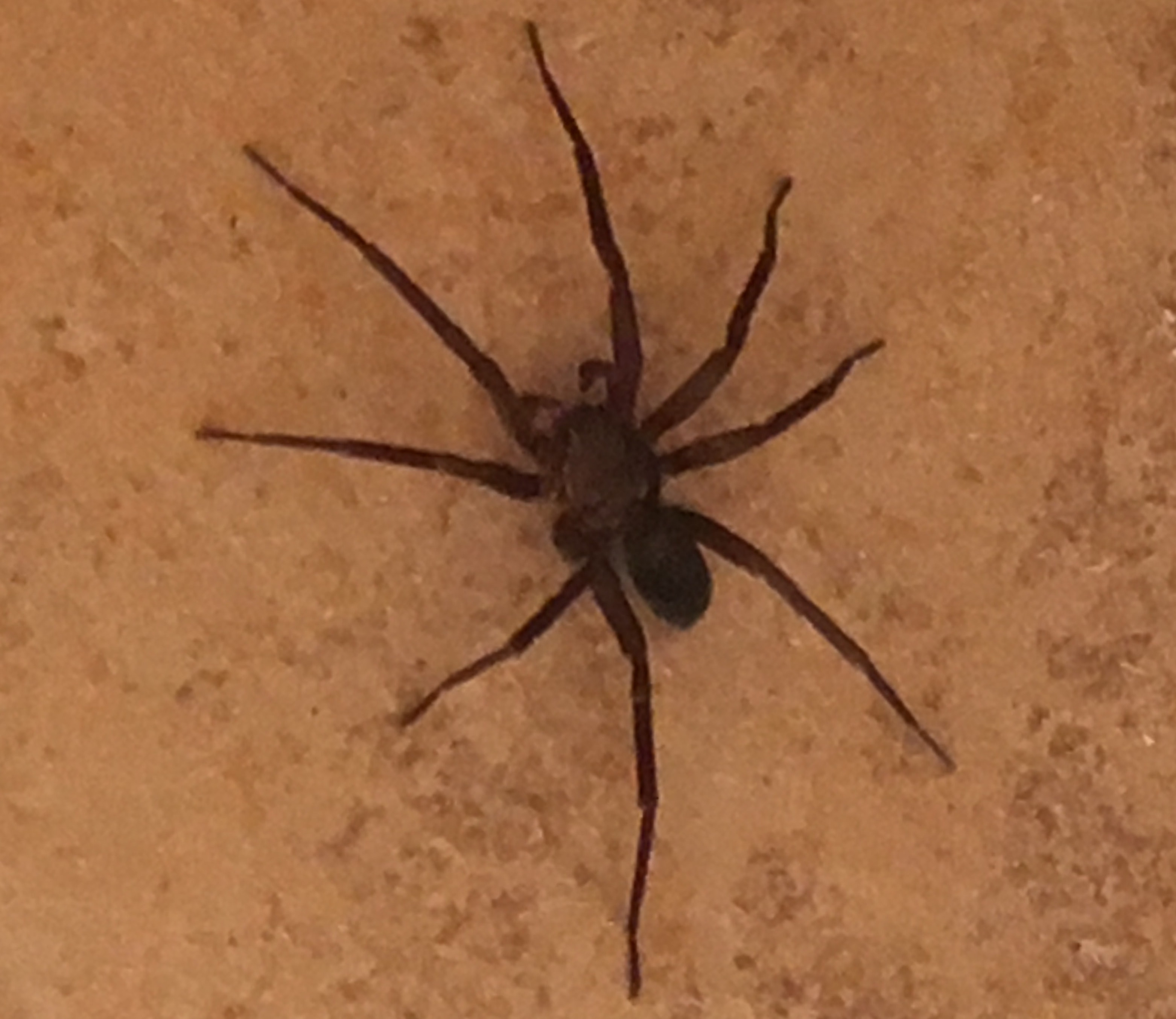
Zoropsidae (False Wolf Spiders) in Royal Oaks, California United States
198 Every autumn there are reports of false widow spiders becoming uninvited eight-legged houseguests in homes across the UK. But despite looking similar to the more dangerous black widows, all these spiders are likely to do is give you a small and relatively harmless bite.
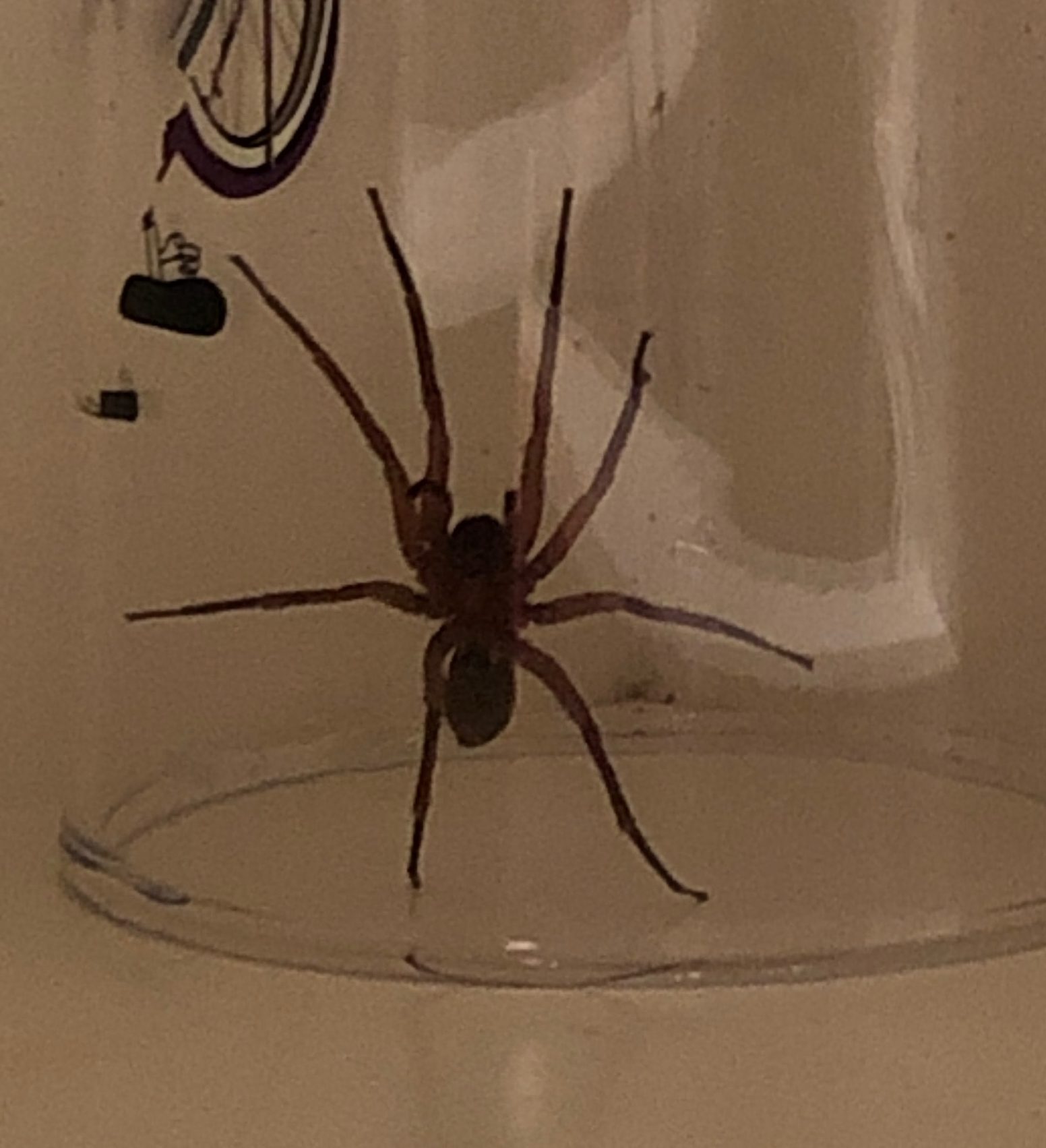
Zoropsidae (False Wolf Spiders) in Napa,CA, California United States
False Wolf Spider found on windowsill - Nov 2020. Zoropsis spinimana male London indoor. Z. spinimana male N Surrey. Second one in a week. Zoropsis spinimana spiderlings venturing out from the egg sac. Baby Z. spinimana emerging from the egg sac. Adult female Z. spinimana. Zoropsis spinimana guarding her egg sac.

Kräuseljagdspinne oder NosferatuSpinne Zoropsis spinimana False
Not diagnostic, but some helpful features:( 2) 2 claws. 8 eyes. Legs laterigrade (prograde in Lauricius sp.) Many spines on the ventral tibia. Zoropsid egg sacs are "attached to the substrate and covered by a tangle of cribellate silk," according to the Spiders of North America manual. ~ Charley Eiseman, 5 June, 2009 - 12:47pm.
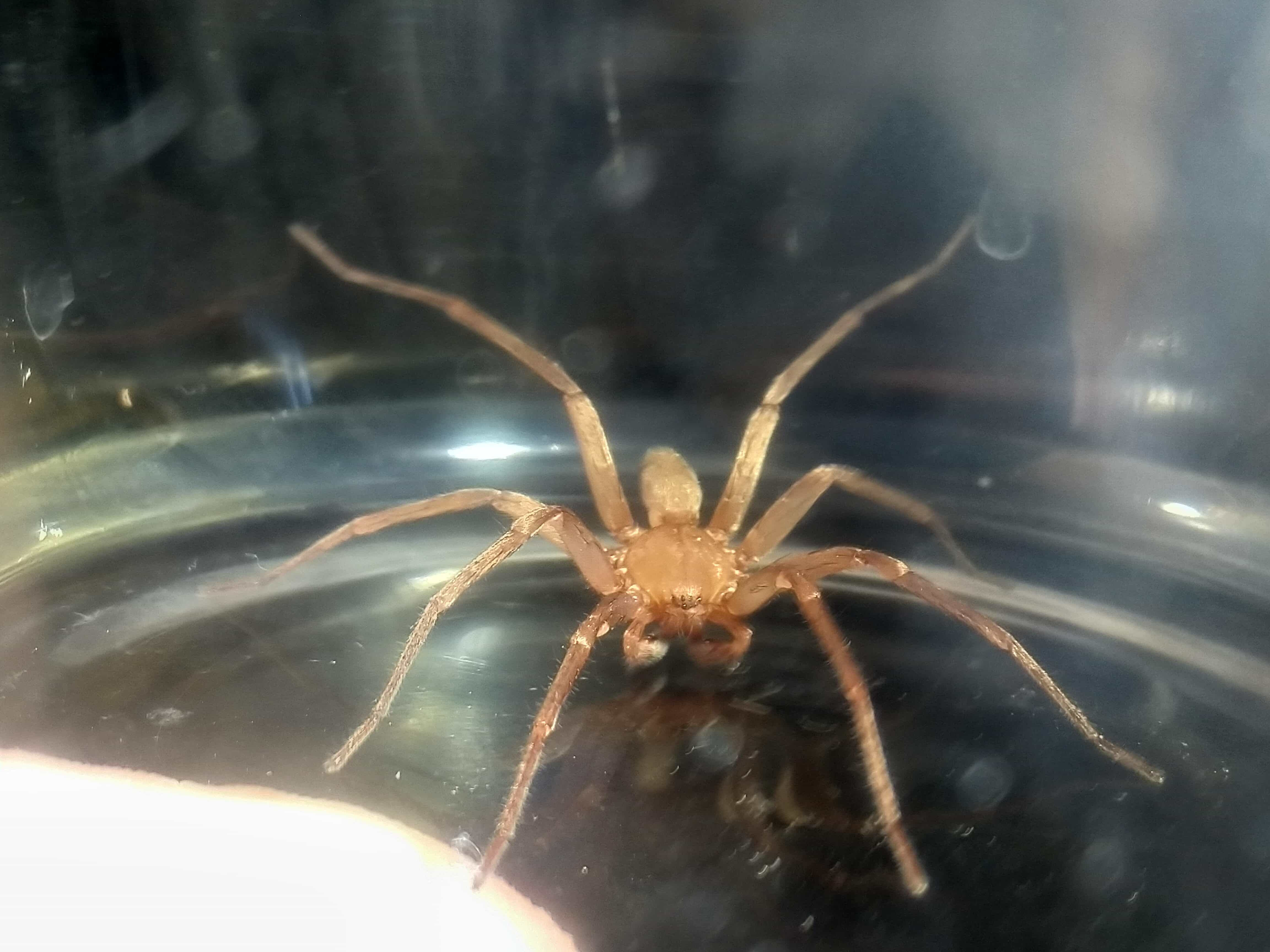
Male Zoropsidae (False Wolf Spiders) in Scotts Valley, California
Ctenus captiosus, known generally as the Florida false wolf spider or tropical wolf spider, is a species of wandering spider in the family Ctenidae. It is found in the United States., [1] [2] [3] [4] and is one of two species of Ctenidae occurring in Florida. Little is known about the biology of this species. [5] Description
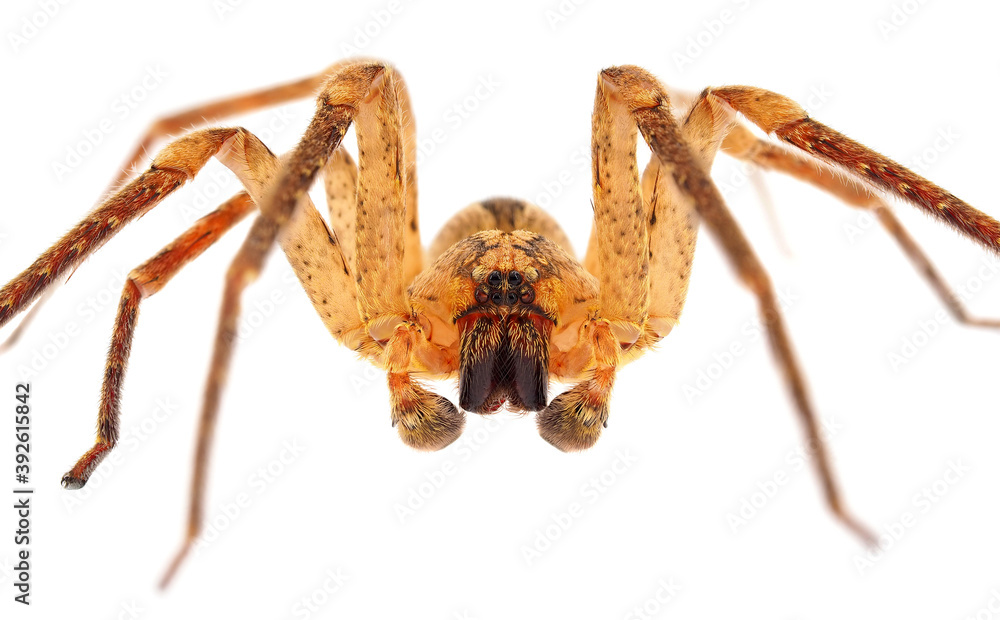
Spiny false wolf spider isolated on white background, Zoropsis
Fake wolf spiders, although shy, will be aggressive when approached. 'Most spiders flee when you come close but a false wolf spider will attack. Its bite is a bit like the sting of a wasp.' Noordijk said. The annual national spider count, which starts this weekend, will show which spider is most common in the Netherlands.

Creepy wolf spider hatchlings seen in US Fish & Wildlife photo
The wolf spider is a medium-sized spider that hunts on the ground during the day; it chases down its prey and leaps on it, just like a wolf. It frequents gardens and grasslands, as well as a variety of other habitats, and can often be seen sunbathing or running across the ground.
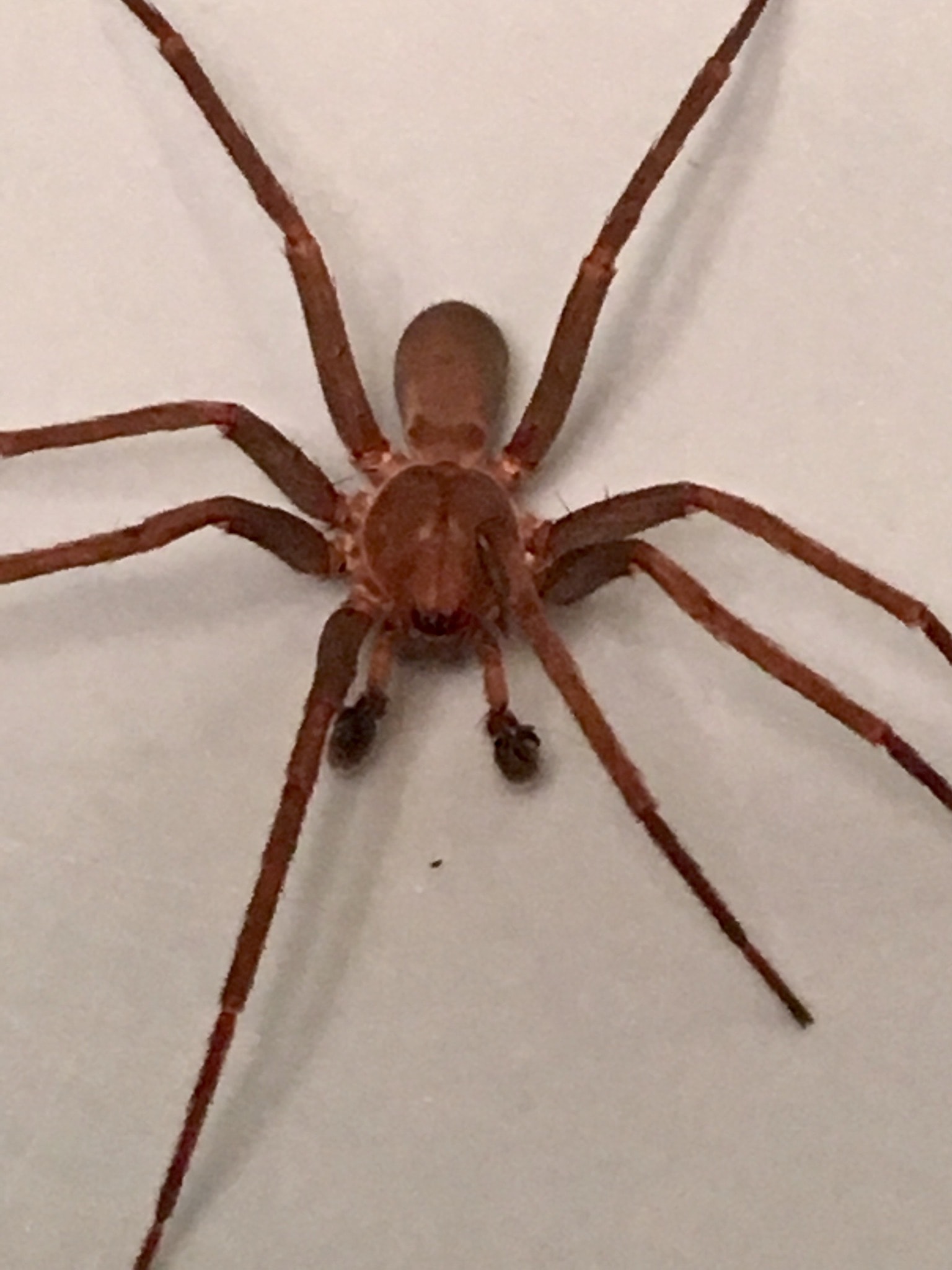
Male Zoropsidae (False Wolf Spiders) in South Lake Tahoe, California
Zoropsid spiders (Zoropsidae) Spiny false wolf spider (Zoropsis spinimana) Web: The Spiny false wolf spiders doesn't make a web, but is an active and visual hunter. Habitat: Mainly in and around houses. In Southern-Europe underneath stones, bark. Hunts at night. How to recognize: large spider yellow brown to grey brown colour

Class ArachnidaAraneaeZoropsidaeZorocratesFalse Wolf Spiders and
There are six species of false widow spiders that live in the UK ( Steatoda nobilis, Steatoda grossa, Steatoda bipunctata, Steatoda albomaculata, Steatoda triangulosa and Asagena phalerata ). They are black or brown in colour, rotund, and small - growing up to about the size of a small finger-nail.

Class ArachnidaAraneaeZoropsidaeZorocratesFalse Wolf Spiders and
Zoropsidae, also known as false wolf spiders for their physical similarity to wolf spiders, is a family of cribellate araneomorph spiders first described by Philipp Bertkau in 1882. [2] They can be distinguished from wolf spiders by their two rows of eyes that are more equal in size than those of Lycosidae.

Class ArachnidaAraneaeZoropsidaeZorocratesFalse Wolf Spiders and
Read customer reviews &find best sellers. Free delivery on eligible orders! Free UK delivery on eligible orders

The Demise Of Male Spiders After Mating Do They Know?! School Of Bugs
Special features: False Wolf Spiders Zoropsis spinimana are pale brown in colour with a greyish blush. There is a row of two or three black blobs along the middle of the abdomen which look like badly painted diamond shapes. The legs are also speckled with black. They have eight eyes arranged in four groups of two (one above the other).

Class ArachnidaAraneaeZoropsidaeZorocratesFalse Wolf Spiders and
The spider family Zoropsidae, commonly known as False Wolf Spiders, have been sighted by contributing members. Based on collected data, the geographic range for Zoropsidae includes in the United States. Zoropsidae is most often sighted , and during the month of Taxonomic Hierarchy Phylum: Araneomorphae Philipp Bertkau, 1882